
For some drivers, the final months of the year and the early ones in the next present a unique opportunity to explore areas where the foliage changes and yields beautiful colors that are great for weekend drives. However, the laid back, optimal driving conditions are short-lived, as the fall season also means it’s time to take stock of your winter driving tools. One of the most asked questions before winterizing your vehicle is, “is a front wheel drive good in snow?”
Many drivers opt for a 4×4 in snow, especially where harsh conditions are a factor. However, having a 4 wheel drive (4WD) in snow isn’t an option for many commuters and it’s good to be prepared for alternative scenarios. In this article, we’ll cover the specifics of front-wheel drive (FWD), in addition to 4WD in snow, and whether you’ll need any additional components to help make your winter drive safer.
How Does Front-Wheel Drive Work?
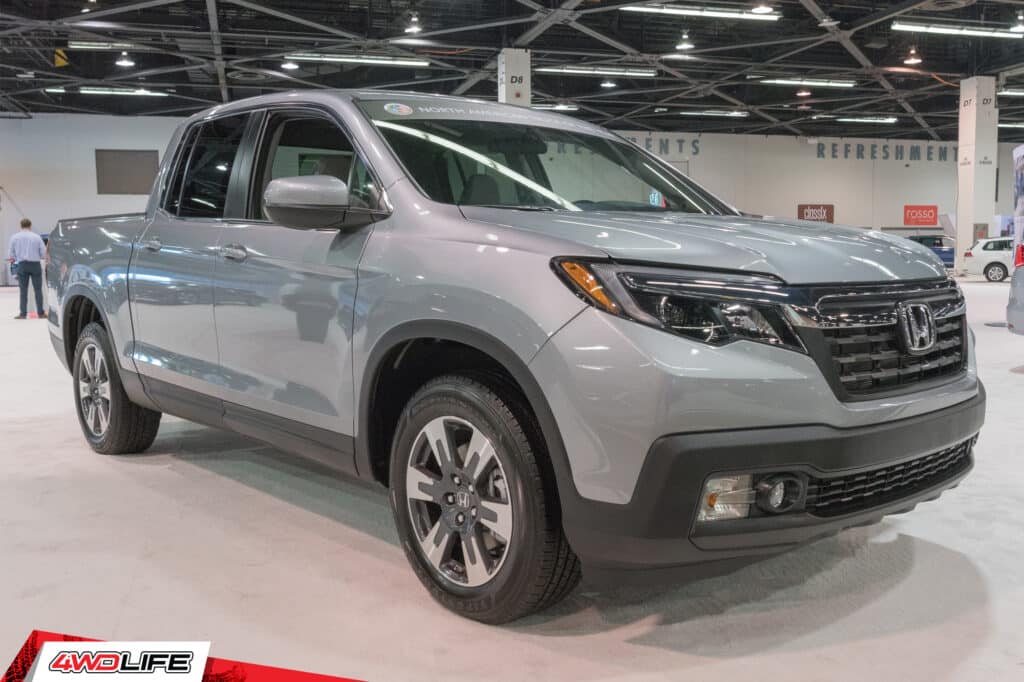
In a FWD vehicle, the engine’s power is delivered to your car’s front wheels, making them your “drive wheels.” This means the front axle and wheels are solely responsible for pulling the weight of the vehicle, with the rear wheels lacking any substantial power on their own.
Typically, FWD vehicles yield better fuel economy and emit substantially lower amounts of carbon dioxide and other pollutants. But how does FWD handle in the snow? FWD cars carry more of the weight in the front of the vehicle, which makes for better handling in certain conditions – but this means poorer performance overall.
Let’s look at the pros and cons:
Pros of FWD
- The front tires pull the vehicle, minimizing the chances of oversteering or rear slippage
- Lighter drivetrain reduces weight and streamlines production, lowering the total cost of production during assembly (making FWD vehicles cheaper than 4WD vehicles)
- Better than rear-wheel drive (RWD) cars for ice, snow, rain, or other hazardous road conditions
- Better fuel economy than 4WD and all-wheel drive (AWD) equipped cars
Cons of FWD
- Front wheels have to power AND maneuver – not ideal for traveling at high speeds or sudden maneuvering on dry roads. These situations are better for RWD cars
- Less capable in off-road and extreme weather conditions compared to 4WD cars
Can You Drive In Snow With a Front-Wheel Drive?
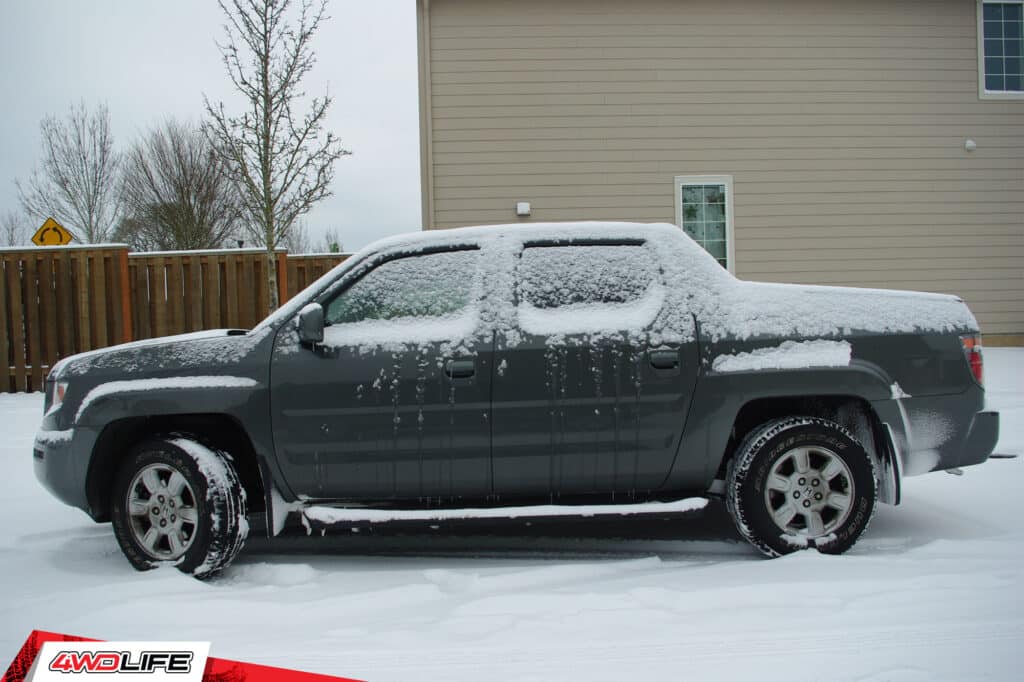
Is front-wheel drive efficient in snow, or should you use 4WD on ice and other slippery conditions?
While 4-wheel drive for snow is thought to be the best for winter road conditions, the reality is a FWD car will handle almost as well during slick or icy commutes. You can definitely drive in snow with a FWD vehicle.
But when it comes to choosing between rear wheel drive cars or front wheel drive cars, especially in a snow-laden area, your smartest option definitely lies with FWD cars.
Tips When Driving On Snow
If your primary means of travel is FWD, use the following tips to navigate a winter commute:
Avoid Stopping Your Vehicle
Avoid stopping the vehicle unless it’s absolutely necessary. Tapping the brakes could result in a loss of traction on sheets of ice. It’s also hard to regain traction from a dead stop in the snow. You could find yourself attempting to move again, only to experience spinning wheels. Never continue to spin your wheels by pressing on the accelerator. It only makes the situation worse and digs you deeper into the snow. Carry a shovel and kitty litter for these scenarios. You can dig around the tires or clear a path for your vehicle. You can also spread kitty litter around your tires to get better grip.
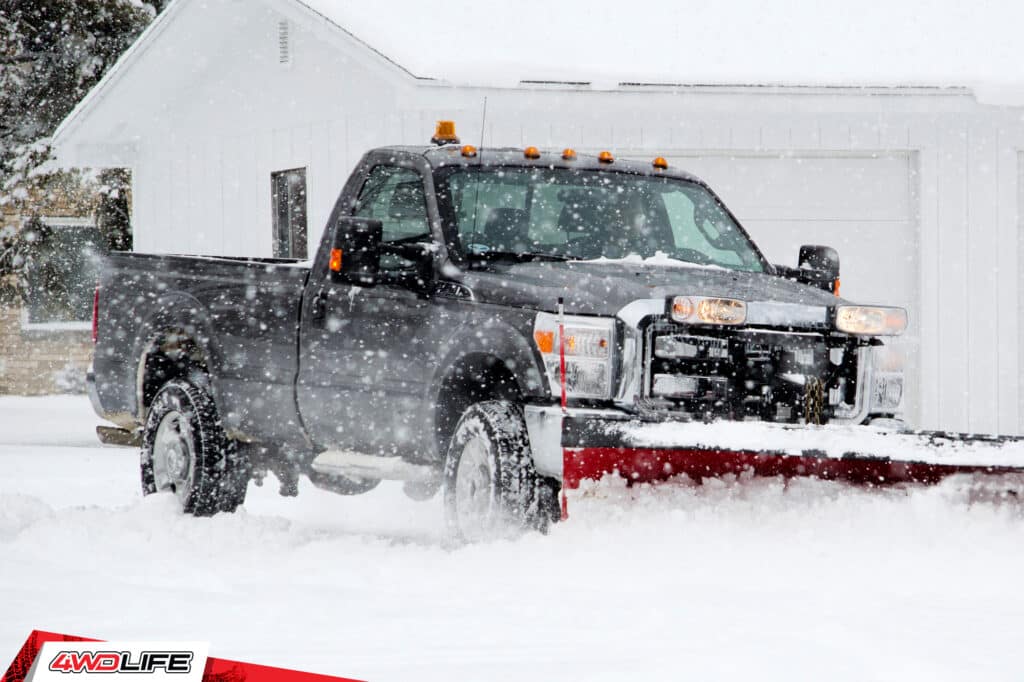
Don’t Overreact
Avoid sudden, knee-jerk reactions. Any sudden tweak in the steering or rapid shift left or right could cause a slide. This also includes suddenly tapping or slamming on the brakes. Your car is hyper-sensitive in the snow and ice, and all your moves should be carefully calculated and planned for ahead of time. This isn’t always possible, and in emergency scenarios, sometimes it’s best to just ride things out as opposed to overreacting and making the situation worse. Rear drive cars are especially bad when you make sudden moves – even accelerating too fast can spin you out of control.
Anticipation
Anticipate what’s coming ahead. Look out for spots ahead that look particularly bad, like shiny or dull surfaces, indicating the presence of black ice. If you know you’re approaching an area or intersection that requires stopping, plan your move well ahead of time. This avoids last-minute maneuvers that can send you into a slide.
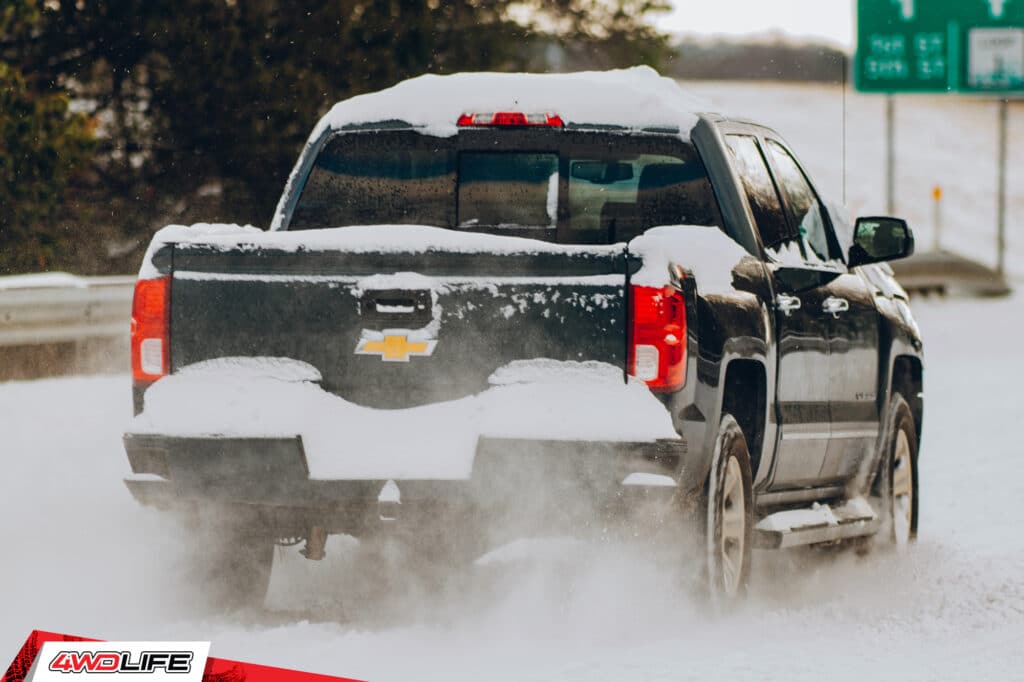
Use the Snow to Your Advantage
Use the snow to improve certain situations you encounter. For example, leveraging the thicker areas of snow to your advantage will help you stop in a shorter amount of time. For example, if you’re approaching a traffic light and there’s a certain pile of snow that’s higher and thicker than others because of prior commuters or snowplows, aim for this area to stop your momentum.
Snow Tires
Purchasing winter tires for your vehicle can give you a significant advantage. They are designed for better grip on slippery surfaces. Swap them in when the season changes. A set of good winter tires allows you to go many places other drivers can’t. It’s good to combine winter tires with four or all wheel drive. An alternative to snow tires are snow chains. You wrap them around your wheels to get better traction on snowy roads. At the minimum, you should at least avoid rear wheel drive cars in the snow.
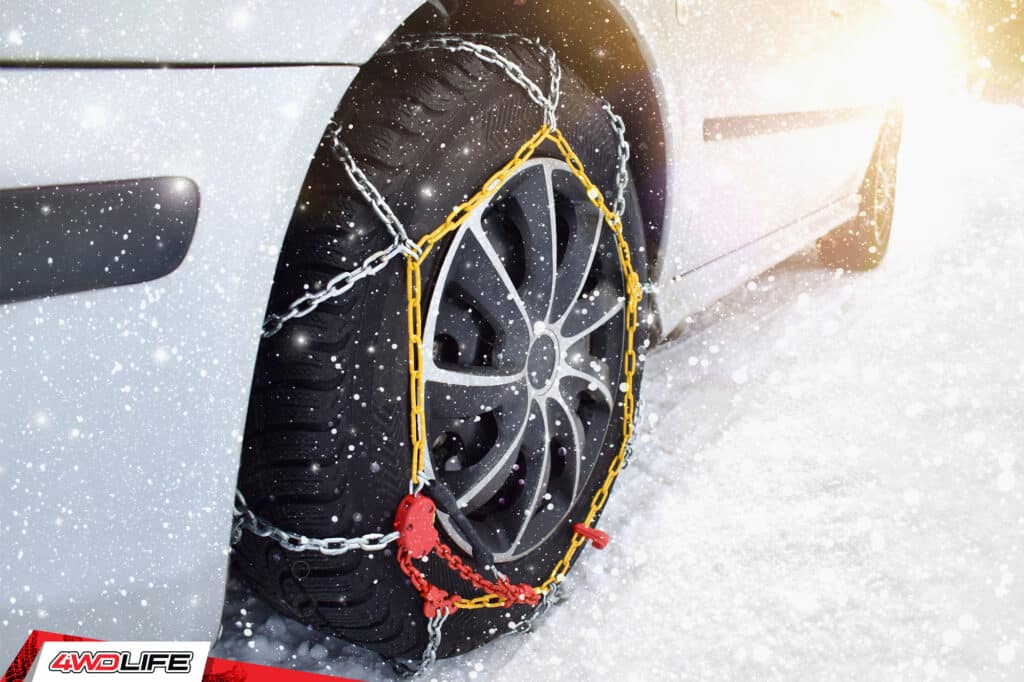
Why Is Four Wheel Drive Better in Snow?
Is 4WD good for snow? If it comes down to a decision between 4WD and FWD, 4WD is the better option in the snow. Why?
In a 4WD or AWD vehicle, power is distributed to all four wheels. Newer AWD vehicles also have technology that sends power to the side of your vehicle that needs it the most during slippery situations.
In short, it’s much easier for your vehicle to “grab” or gain traction in bad weather. However, this doesn’t make you invincible. AWD and 4WD vehicles do have better traction, but that doesn’t eliminate the threat of sliding during stops or turns. It’s still important to be mindful during these situations.
Using Your Best Judgment
Is a front-wheel drive good in snow? Yes, but no type of drivetrain or tire replaces common sense. Using your best judgment and being sensible are the most important elements when driving in bad weather. If it doesn’t feel or look like a good idea, it probably isn’t. Take your time, plan ahead, and give yourself plenty of time to arrive anywhere you travel.
